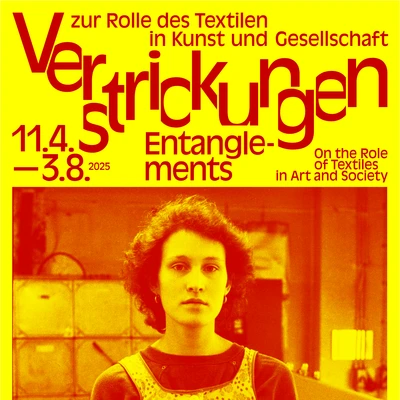Hermann Glöckner
- * 1889
- † 1987
Life dates
- Artist
Category
Strict Rules, Intricate Forms
Hermann Glöckner (1889 in Cotta – 1987 in Berlin) received training in textile pattern design (1904-07), matriculated, but quickly terminated further studies at the Hochschule für Bildende Künste Dresden under Otto Gussmann (1923-24), and joined the Dresdener Secession in 1932. While as a student he painted figures and landscapes, he worked in an abstract-constructivist idiom for most of his career. In 1930, Glöckner began the Tafeln (Board Works), a life-long endeavor conceived as a return to basic artistic components. Responding to the strict format of 1:1.4, the works emerge from sequences of geometrical manipulations, like halving and quartering the space, demarcating orthogonal and diagonal lines, or folding and cutting paper to produce layered and interpenetrating shapes. Repeatedly dunked in protective glue and thereby protected for transport, they also served as the artist’s manipulable encyclopedia.
Working alone and with few students during all four decades of the GDR, Hermann Glöckner is often recognized as a secluded modernist. His withdrawal from politics and the strictures of socialist realism to formal manipulations within the privacy of his studio is even celebrated as a transgressive act of refusal. However, his isolation from Western artistic trends and so-called ‘inner exile’ were far from total. In the GDR, Glöckner did experience an exhibition pause (as long as 1954-69 according to some accounts), but he also regularly exhibited work and visited major art events, such as the first documenta (1955) or the Hamburg Picasso show (1956) in the FRG. During the same period, he completed state commissions for decorative works of Sgraffito, a technique involving the scratching of a ceramic surface that saw its hey-day in the Renaissance. In 1984, he even received the GDR’s National Prize, completing the reversal of his outcast legacy.
text: Tobias Rosen
Works by Hermann Glöckner
Travelling exhibition
Verstrickungen - zur Rolle des Textilen in Kunst und Gesellschaft
2025
11.04.–03.08.
Kunstbahnhof Flöha
Flöha, Deutschland
Popular keywords
Many more works are hidden behind these terms
